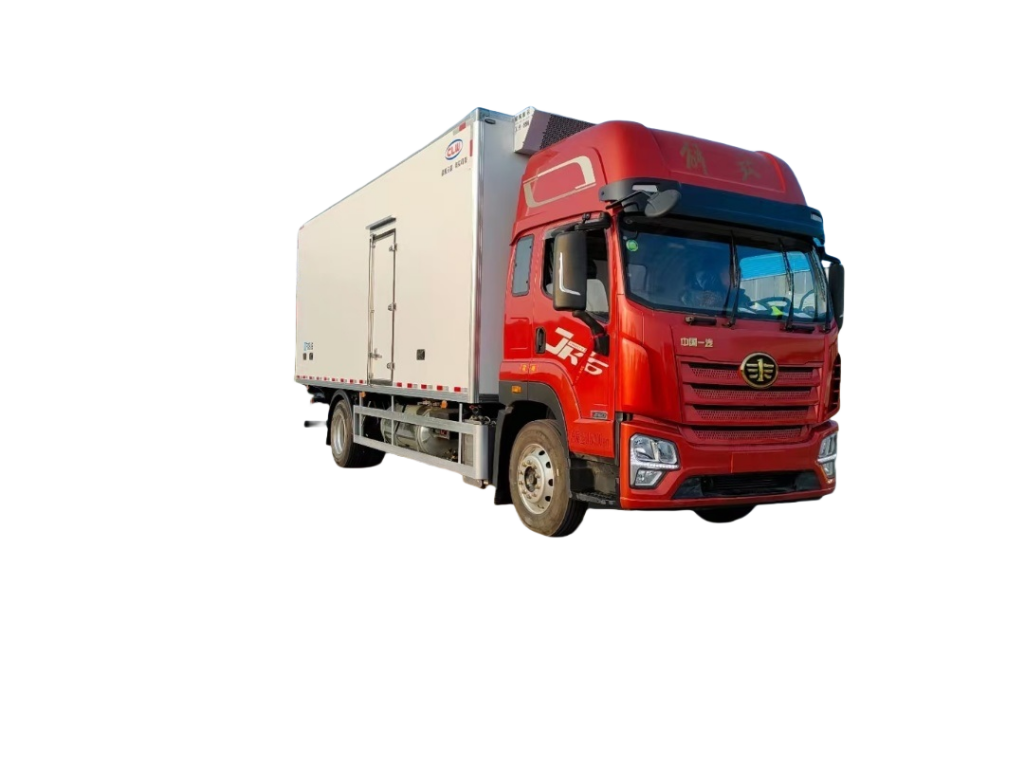The Evolution of Garbage Truck Exterior Design Merging Functionality with Aesthetics

Introduction:
Garbage trucks are an essential part of modern urban infrastructure, responsible for collecting and transporting waste to keep our cities clean and hygienic. While the primary focus of these vehicles is on functionality and efficiency, the exterior design of garbage trucks plays a crucial role in their overall performance and public perception. Over the years, advancements in technology and design have transformed the appearance of garbage trucks, combining functionality with aesthetics to create vehicles that are both efficient and visually appealing.
Historical Overview:
The history of garbage trucks dates back to the early 20th century when the first motorized vehicles were introduced for waste collection. These early models were basic in design, with open beds or containers mounted on the back of the truck for collecting garbage. The focus was primarily on capacity and efficiency, with little consideration given to the aesthetic appeal of the vehicles.

As urban populations grew and waste management became a more pressing issue, the design of garbage trucks evolved to meet the changing needs of cities. Enclosed bodies were introduced to prevent littering and improve sanitation, while compactors were integrated to increase the capacity of the trucks. These functional improvements were accompanied by modest design changes, such as the addition of company logos and color schemes to distinguish different waste management services.
Modern Trends in Garbage Truck Design:
In recent years, there has been a shift towards a more holistic approach to garbage truck design, taking into account not only functionality but also aesthetics, safety, and sustainability. Manufacturers are now investing in research and development to create vehicles that are not only efficient in waste collection but also visually appealing and environmentally friendly.
One of the key trends in modern garbage truck design is the use of aerodynamic shapes and lightweight materials to improve fuel efficiency and reduce emissions. By streamlining the exterior of the vehicle and reducing its weight, manufacturers are able to enhance the overall performance of the truck while minimizing its environmental impact. Additionally, the integration of advanced technologies such as hybrid or electric power systems is becoming increasingly common in garbage trucks, further enhancing their sustainability credentials.
Another important aspect of modern garbage truck design is safety. With the increasing volume of traffic on urban roads, ensuring the visibility and maneuverability of garbage trucks has become a top priority. Manufacturers are incorporating features such as high-visibility paint schemes, LED lighting, and advanced camera systems to improve the safety of both the drivers and pedestrians around the vehicle. These safety enhancements not only reduce the risk of accidents but also contribute to the overall efficiency of waste collection operations.
Furthermore, the aesthetic appeal of garbage trucks has also received more attention in recent years. Companies are recognizing the value of branding and marketing through vehicle design, leading to the use of eye-catching graphics, vibrant colors, and customized decals on garbage trucks. These design elements not only make the trucks more visually appealing but also help to promote the waste management services provided by the companies.
Case Studies:
To illustrate the evolution of garbage truck exterior design, let's take a closer look at two innovative models that exemplify the latest trends in the industry.
1. Volvo FL Electric: The Volvo FL Electric is a fully electric garbage truck designed for urban waste collection. New refrigerator truck models features a sleek and aerodynamic exterior with a distinctive blue and white color scheme that reflects Volvo's commitment to sustainability. The vehicle is equipped with advanced safety features such as automatic braking and collision avoidance systems, making it one of the safest garbage trucks on the market. The Volvo FL Electric showcases how modern design principles can be applied to create a functional and visually appealing vehicle that meets the needs of urban waste management.
2. Heil PT 1000: The Heil PT 1000 is a high-capacity garbage truck designed for heavy-duty waste collection operations. Its exterior design combines ruggedness with sophistication, featuring a durable steel body with a striking red and black paint scheme. The vehicle is equipped with state-of-the-art compaction technology and hydraulic systems, making it one of the most efficient garbage trucks in its class. The Heil PT 1000 demonstrates how a focus on both functionality and aesthetics can result in a robust and visually appealing vehicle that is well-suited for demanding waste collection tasks.
Future Outlook:
Looking ahead, the future of garbage truck exterior design is likely to be shaped by advancements in technology, sustainability, and consumer preferences. As electric and autonomous vehicles become more prevalent in the transportation industry, garbage trucks are expected to follow suit, with manufacturers focusing on developing eco-friendly and efficient models that meet the evolving needs of urban waste management.
Furthermore, the integration of smart technologies such as IoT sensors and data analytics is poised to revolutionize the way garbage trucks are designed and operated. These innovations will enable real-time monitoring of waste collection routes, optimized scheduling of pickups, and enhanced communication between drivers and dispatchers, leading to greater efficiency and cost savings for waste management companies.
In conclusion, the exterior design of garbage trucks has come a long way from its humble beginnings, evolving into a sophisticated blend of functionality, aesthetics, and sustainability. By embracing modern design principles and technologies, manufacturers are creating vehicles that not only improve waste collection operations but also contribute to the overall cleanliness and livability of our cities. The future of garbage truck design holds great promise for creating vehicles that are not only efficient and safe but also visually appealing and environmentally friendly.
